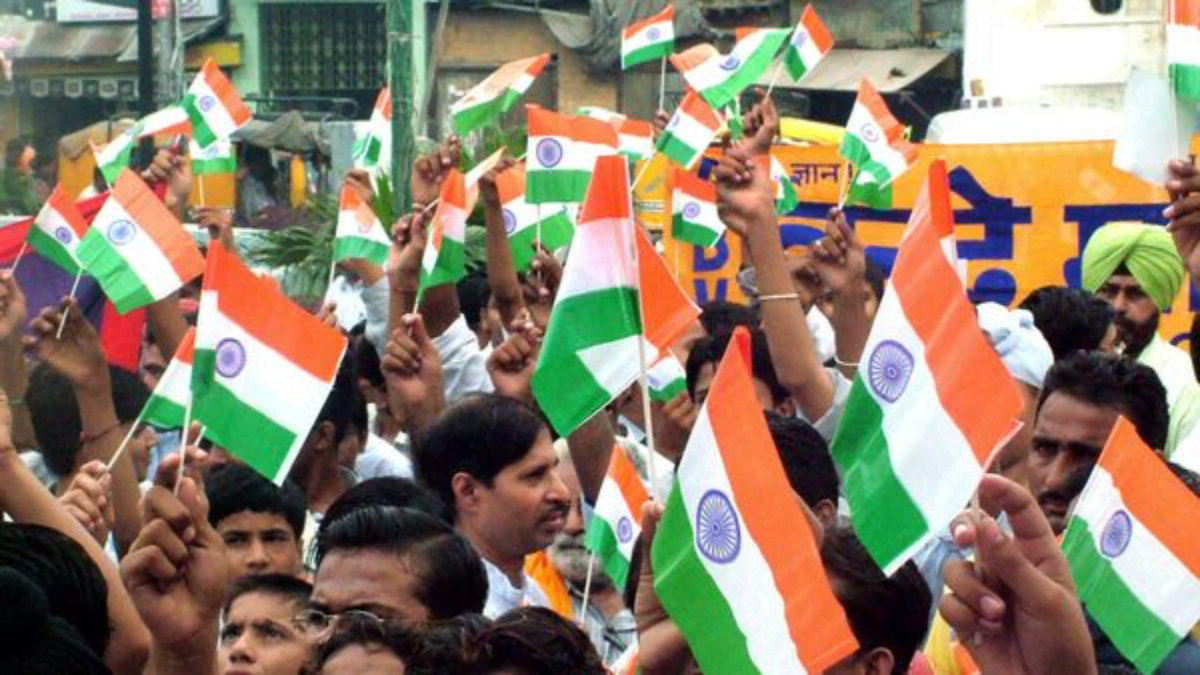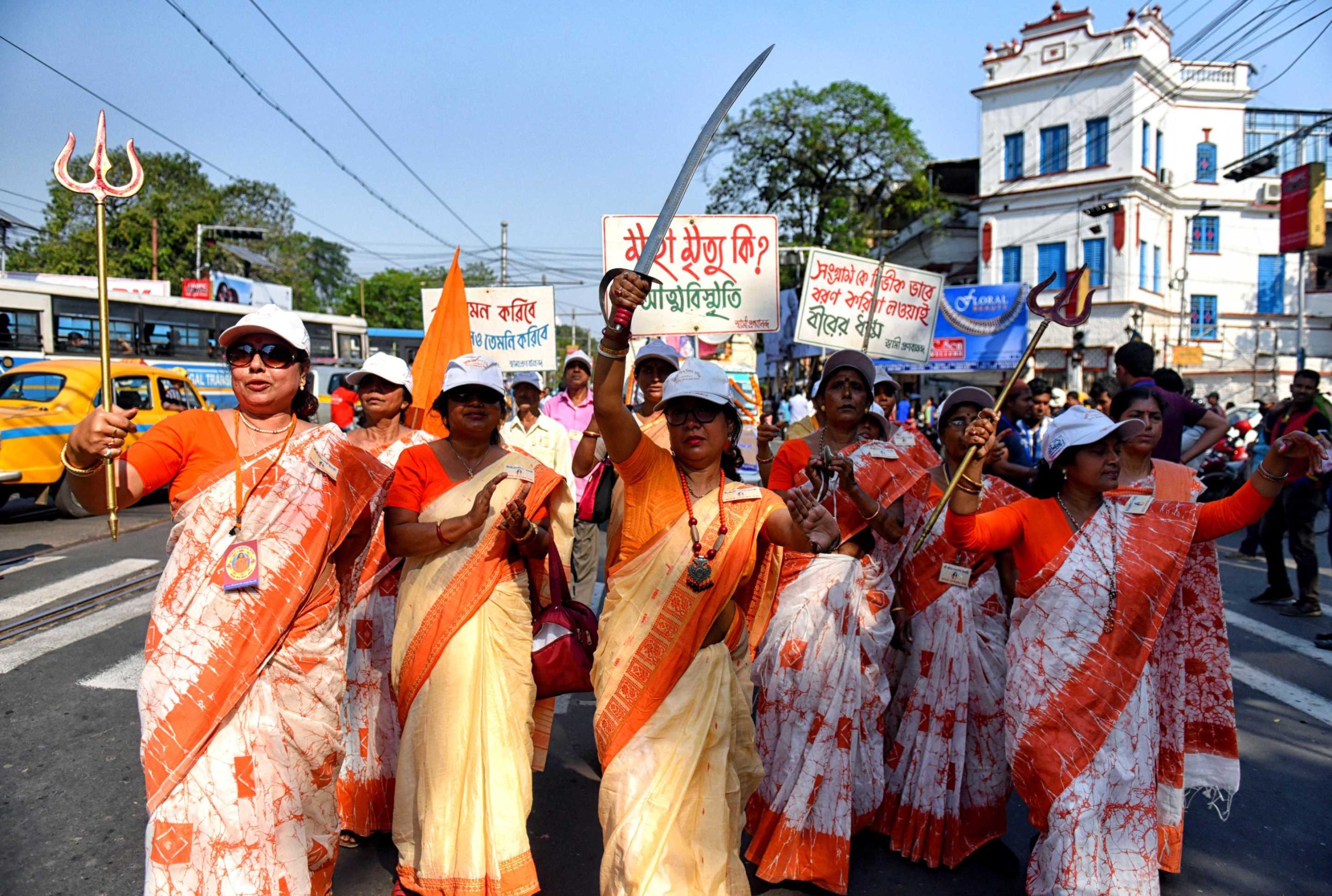The official G20 dinner invitation issued from the Rashtrapati Bhawan under the name of the President of Bharat instead of the usual President of India has resurfaced the debate on the country’s name. During the recently concluded monsoon session in the Upper House, BJP Rajya Sabha MP Naresh Bansal pitched the proposal, saying that the name ‘India’ is a symbol of “colonial slavery” and ‘should be removed from the Constitution‘.
During the recently concluded monsoon session in the Upper House, BJP Rajya Sabha MP Naresh Bansal pitched the proposal, saying that the name ‘India’ is a symbol of “colonial slavery” and ‘should be removed from the Constitution‘.
The name ‘India’ was given by the colonial Raj and is thus a symbol of slavery. The fact that a special session of the Parliament has been scheduled from September 18-22, has been fuelling speculations that the Narendra Modi led government would likely initiate resolution to change India’s official name to Bharat.
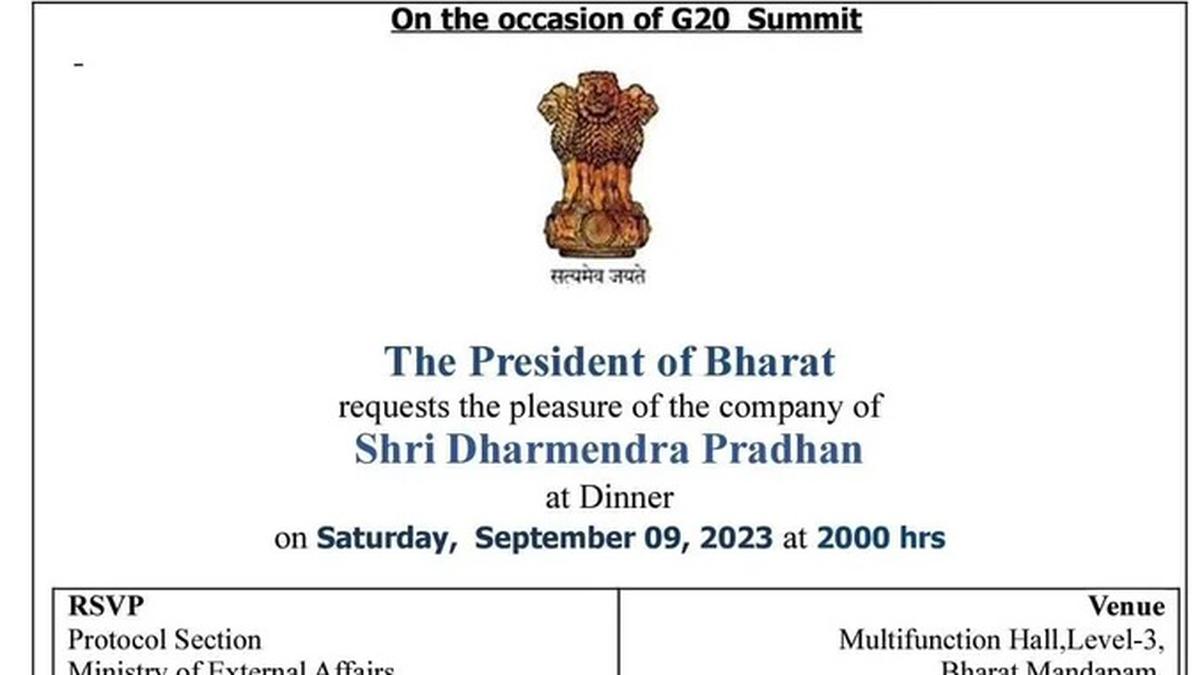
But the official document of the nation, the constitution recognises both the names and values them equally. Article 1 of the constitution, which deals with the name and territory of the Union, refers to the country as ‘India, that is Bharat‘. This clearly states that the two names of the country are synonymous and interchangeable. In fact, Article 1 of the Indian Constitution in Hindi refers to the country as “भारत, अथार्त् इं�डया” (Bharat, arthat India). In June 2020, the Supreme Court had dismissed a PIL seeking to remove “India” from the Constitution and retain only Bharat in order to ‘ensure the citizens of this country…get over the colonial past‘ saying: ‘India is already called Bharat in the Constitution itself.’ Also, several institutes and organisations under the government like the Reserve Bank of India, the Indian Railways have “Bharatiya” in their Hindi variant name. Thus the apprehension that the country is known by the name India and the name Bharat has receded in the background is a political construct.
Digging into the history of India and Bharat
To examine the colonial claim of the name “India,” it is essential to explore the historical origins of both the names Bharat and India. Experts suggest that while the term “India” commonly has the bearing of a geographical territory for administrative purposes, the name “Bharat” originally is rooted into the notion of a socially organised territory bound together by socio-cultural practices. While India represents political and administrative territoriality, Bharat embodies the deep-seated socio-cultural belongingness of the nation.
The term “Bharat” could be traced back to ancient Sanskrit texts and ancient scriptures dating approximately 2,000 years back. The term Bharat appears in Hindu writings such as the Mahabharata and Manusmriti. The Puranas describe Bharata as the land between the ‘sea in the south and the abode of snow in the north‘. Originally, it denoted an uncertain territory known as “Bharatavarsa,” which extended beyond the present-day borders of India and potentially encompassed regions that now constitute Indonesia. The origin of the name also has a different history. It relates to Emperor Bharata who is thought to have ruled over a wide realm that corresponds to modern-day India. He was the ancestor of the Rig Vedic tribe of the Bharatas, and by extension, the forbearer of all the diverse peoples in the subcontinent.
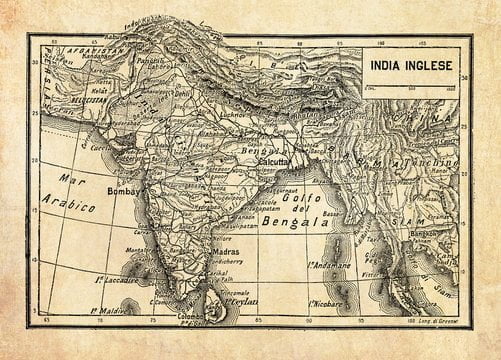
Even the name India isn’t a new coinage. It comes from the Indus River, which was important in the region’s early civilisations. The term India is believed to have its origins in ‘Hindu,’ which is the Persian counterpart of the Sanskrit ‘Sindhu’ , referring to the Indus River. The name Hindustan gained prominence during the Persian conquest of the Indus valley, starting in the 6th century BC. In the Mughal period “Hindustan” was used to describe the entire Indo-Gangetic plain. From the late 18th century onwards, British maps increasingly began to use the name “India”, and “Hindustan” started to lose its association with all of South Asia.
Part of the appeal of the term India may have been its Graeco-Roman associations, its long history of use in Europe, and its adoption by scientific and bureaucratic organisations such as the Survey of India
Ian J Barrow
Historian Ian J Barrow in his article, ‘From Hindustan to India: Naming Change in Changing Names’ (Journal of South Asian Studies, 2003) wrote ‘Part of the appeal of the term India may have been its Graeco-Roman associations, its long history of use in Europe, and its adoption by scientific and bureaucratic organisations such as the Survey of India‘. It could be inferred that the name India is not an imperial coinage rather could be traced back to the ancient period of the history but it has been surely popularised in the colonial period because of the language appeal.
India vs Bharat: the Constituent Assembly debate
In the aftermath of Partition, what would be the name chosen for the newly independent nation became a highly debated topic during the Constitution drafting process. Several Constituent Assembly members- Hari Vishnu Kamath, Hargovind Pant, Seth Govind Das, Kamalapati Tripathi batted for Bharat to be made the primary word. Hari Vishnu Kamath moved an amendment to the draft and sought the sentence in Article 1 be rephrased, ‘Bharat or, in the English language, India, shall be a Union of States.’ At the end, when President Rajendra Prasad put the amendment moved by Kamath to vote, 38 members voted for and 51 against the amendment.
Dr Ambedkar reminded the House several times that the civilisational debate was unnecessary since the name Bharat was not opposed by members. ‘We are merely now discussing whether the word “Bharat” should come after “India”,‘ he said in response to Kamath’s intervention. ‘There is a lot of work to be done,’ Ambedkar said before the motion was adopted.
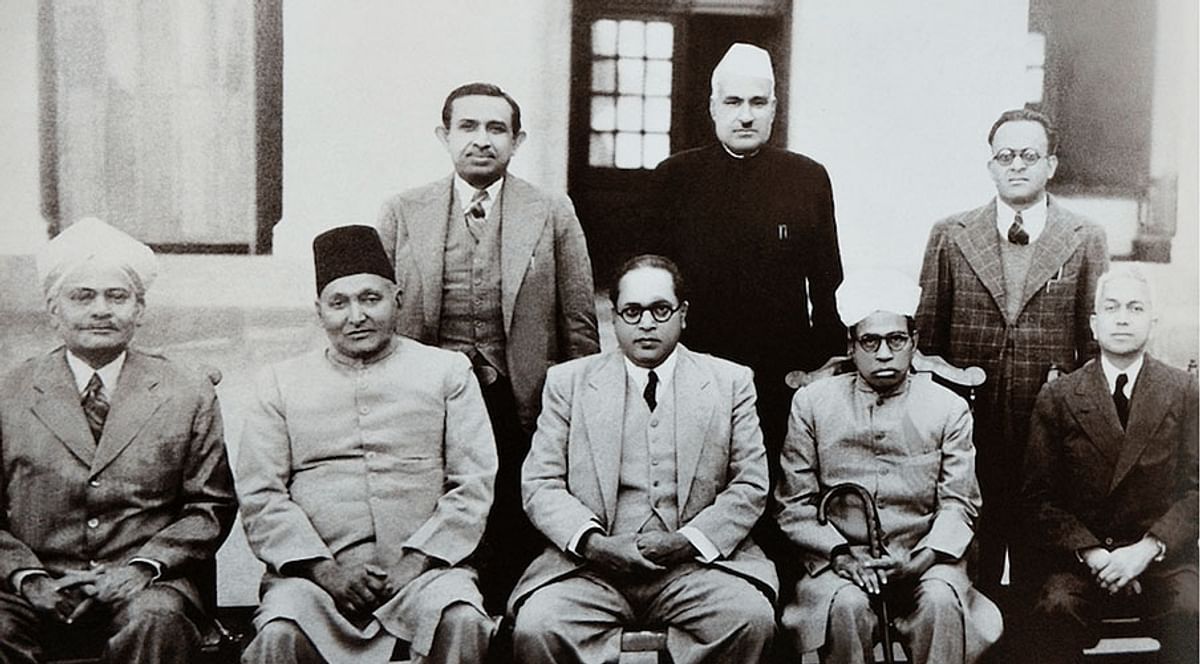
Ambedkar, as the chairman of the drafting committee of the Constitution, showed indifference towards debating the name issue, highlighting the unnecessary commotion surrounding it. The decision to retain both “India” and “Bharat” can be viewed as a pragmatic solution to expedite the constitution making process. Additionally, there was apprehension that favoring one name over the other, particularly when both carried historical significance, might stir discomfort. Author-scholar Catherine Clementin-Ojha in her research paper ‘India, that is Bharat…: One Country, Two Names’ refers to how the ‘Constitution was drafted under the extremely difficult circumstances of the immediate post-Partition period, just two years after horrendous chaos and bloodshed‘.
In her paper, Clementin-Ojha mentions retired IAS officer and journalist V Sundaram to say: ‘According to V Sundaram, it is because ‘Bharat’ was thought to be too Hindu by the drafters of the Constitution that they introduced ‘India’ as a guarantee to the minorities that they would not be Hinduised‘.
Jab at the opposition?
The obvious question that arises is why there is this sudden motivation on the part of the government to change the name from India to Bharat. Over the years, Prime Minister Narendra Modi’s government has worked to remove symbols of British rule by changing colonial names to unschackle india from its colonial past and embrace its pre-colonial civilisational heritage. However, the opposition is skeptical about the renaming of India, considering it more than a coincidence and suspecting a connection to the newly proposed name by the opposition alliance.

For the upcoming 2024 Loksabha election the opposition bloc has united into an alliance under the banner of “I.N.D.I.A” (Indian National Developmental Inclusive Alliance). This name chosen for the alliance could be perceived as a significant move, almost resurrecting and rejuvenating for the opposition, which has been steadily losing its ground. By adopting the name “I.N.D.I.A” the opposition not only reinforces a glimmer of hope but also in a way hits a blow against the incumbent government’s continuous endeavor to portray itself as the flagbearer of nationalism, its monopolistic claim on the love for the nation. Thus the government’s move to change the official name of India to Bharat could be viewed as a subtle jab at the opposition bloc. If the country’s name no longer remains India, then the implied meaning as well as fervor embedded in the opposition alliance’s name I.N.D.I.A might lose some of its impact as well.
About the author(s)
I'm a Political Science graduate. My area of interest is identity politics, politics of violence, and post-colonialism. I'm passionate about politics, history, literature and art. I unwind by journaling.
